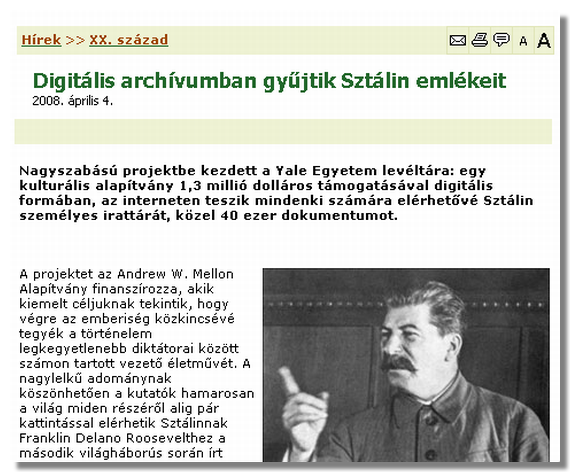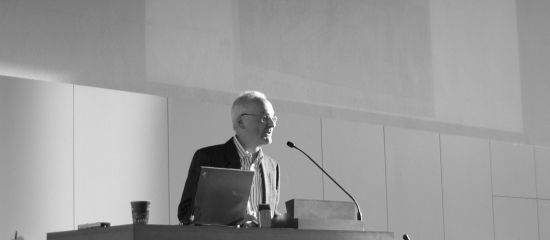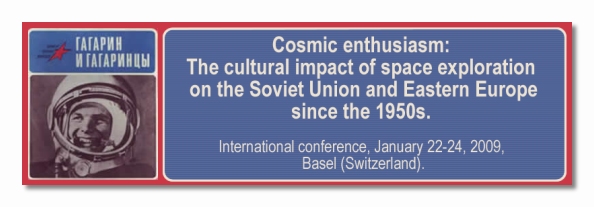Mehr.
Schlagwort-Archive: Osteuropa
eBooks on Central, East and Southeast Europe (DiBiDo)
So ganz genau wissen wir auch nicht, woher die etwas infantil klingende und an «Libido» erinnernde Adresse www.dibido.eu dieses wunderbaren Dienstes kommt; verständlich hingegen ist der Name: «eBooks on Central, East and Southeast Europe». Und die die gibt es hier in reichlicher Auswahl und auf hohem Niveau.
Weiterlesen
Gulag History

The largest penal system in human history–the Gulag–is fast disappearing from the physical landscape. Of all of the many camps that dotted the maps of the Soviet Union, only Perm 36 survives largely as it was before 1991. The rest of the Gulag complex has been torn down, scavenged for scrap metal and building materials, or left to decay in isolated regions of Siberia now accessible only by helicopter.
The Center for History and New Media at George Mason University, the Gulag Museum at Perm 36, and the International Memorial Society have collaborated on a new new website: Gulag: Many Days, Many Lives.
This project explores the history of the Soviet Gulag through bilingual exhibits (English and Russian), an archive of primary sources, a series of podcasts, and other resources. Exhibits are presented with a thematic approach that illustrates the diversity of the Gulag experience through original mini-documentaries, images, and the words of individual prisoners. A searchable archive includes archival documents, photographs, paintings, drawings, and oral histories that give visitors the opportunity to explore the subject in much greater depth. Later this summer, Many Days, Many Lives will also feature a virtual visit to the Gulag Museum at Perm 36.
Sztálin emlékei digitális archivumban

A magyarnyelvü Múlt-kor portál jelenti, hogy az amerikai Yale egyetemen egy kulturális alapitvány 1,3 millió dolláros támogatásával Sztálin személyes irattárát digitális formában elérhet?vé teszik. Kb. 40 ezer dokumentumról van szó! (Das ungarischsprachige Portal «Múlt-kor» meldet, dass an der Universität Yale mit Hilfe privaten Stiftungsgeldern in der Höhe von 1,3 Millionen Dollar der persönliche Nachlass von Stalin im Umfang von 40’000 Dokumenten digitalisiert und öffentlich zugänglich gemacht werden soll).
Siehe auch hier.
Cosmic Enthusiasm in Basel
Der Anfangspunkt der Vorgeschichte des Internet wird in den meisten Darstellungen mit dem sogenannten Sputnik-Schock 1957 gleichgesetzt. Im Januar 2009 findet in Basel eine bemerkenswerte Tagung zu diesem Thema statt, die aus der Perspektive der Osteuropaforschung dem Thema nachgehen will:
Celebrating the 50th anniversary of the first man-made object in space, the successful launch of Sputnik in October 1957, much attention has been paid to the history of space missions/explorations and the discourses following the opening of the „cosmic era“ in the U.S. and (Western) Europe. Its influence on military competition, Cold War politics and Western imagination have received much attention. But space exploration was much more than a technological breakthrough. It left a distinct and lasting impact on everyday life and popular culture in many countries. The interdependence between space, politics and Lebenswelten (meaning the daily life of human beings) in the former Soviet Union and Eastern Europe is a new field of research and interest.
Das Call for Papers endet am 31. März 2008.
Geschichtstage: Osteuropa
Acht Panels finden heute Nachmittag parallel statt. Ich habe keine Ahnung, wie gleichmässig die Teilnehmer/innen sich auf die einzelnen Räume verteilt haben, aber im Raum 215, wo ich jetzt sitze, herrscht Gedränge. Heiko Haumann, Osteuropahistoriker aus Basel, hat gleich seine ganze Abteilung aufgeboten, um zum Thema „Der unruhige Osten. Umbrüche in Osteuropa während des 20. Jahrhunderts und ihre Bedeutung für Europa“ zu referieren.



